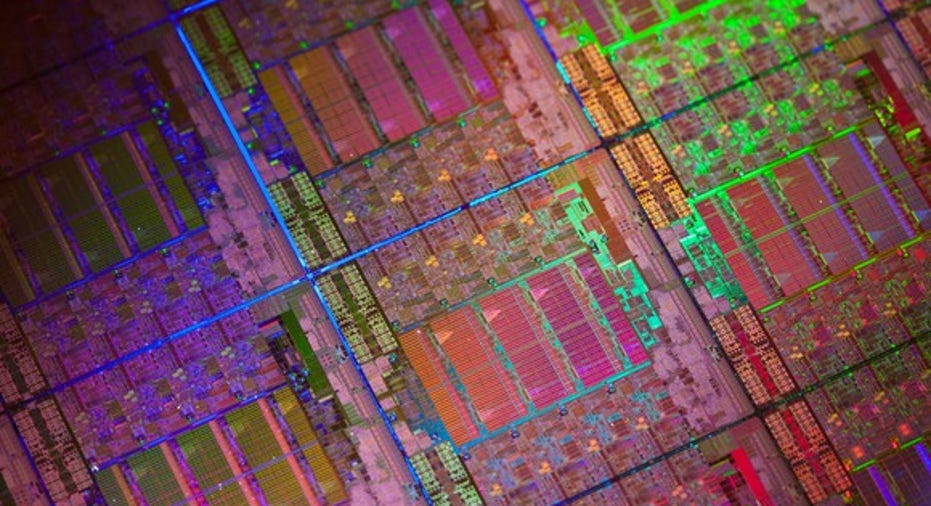Intel Corporation CEO Brian Krzanich Explains the Decline of the PC

Image source: Intel
At a recent investor conference, Intel CEO Brian Krzanich spoke with Bernstein Research analyst Stacy Rasgon about a number of topics ranging from chip manufacturing technology to the company's strategy in the data center.
Although the company has made it clear that over the long term, it intends to focus on key growth areas such as the data center, the Internet of Things, and non-volatile memory, it's hard to ignore that the majority of the company's revenue and most of its unit shipments still come from personal computers.
During the investor conference, Krzanich talked about the factors driving the decline in the personal computer market and what, if anything, Intel intends to do about it.
Longer upgrade cycles, cannibalization
"What's happened in the PCs is it has kind of continued to decline at this mid- to high single digits [rate]," Krzanich said.
The executive attributed this decline to two factors. First, he says that the replacement cycle of personal computers has simply gotten longer, moving from roughly four years to around five to six years now.
This elongation of the upgrade cycle, Krzanich says, is actually Intel's fault. According to him, Intel needs both to make it easier to migrate from an older PC to a newer one, and to give users reasons to actually go out and buy new computers.
Krzanich also attributed the decline to cannibalization of PCs by tablets, though he did indicate that the company's push to build platforms suitable for 2-in-1 devices has helped to stem the impact from tablets.
As far as PCs go, Krzanich says that the "decline will level off at some point," though he doesn't appear to be calling a bottom for the market yet. He did say that he aims to make sure that Intel "is not built on a model that has a number that has to be right in order to continue to grow."
The role of the PC going forward
It's clear that Intel intends to use the PC as a "cash cow" and as a "factory filler" going forward. The PC market is very profitable for the company, and so it makes sense to continue to try to wring as much profitability out of such products as possible.
Additionally, in order to justify owning and operating chip manufacturing plants, a company needs to have a lot of semiconductor volume (and that volume needs to generate significant revenue). The PC market is nearly 300 million units per year and Intel currently commands the lion's share of it, which gives the company significant unit scale.
Beyond those two things, though, Intel has made the point that many core technologies developed in service of personal computers are also applicable to other segments such as the Internet of Things and even the data center. This provides a lot of research and development (read: operating expense) leverage as well.
A bottom would be nice, but don't count on it
If the PC market were to find a bottom sooner rather than later, it would be a clear positive for the company. However, I don't think investors should put their money into the company on the expectation that the PC market bottoms out next year, or even the year after that. Those who do invest in Intel should do so on the expectation that the company's other segments can more than offset the decline in the personal-computer market.
The article Intel Corporation CEO Brian Krzanich Explains the Decline of the PC originally appeared on Fool.com.
Ashraf Eassa owns shares of Intel. The Motley Fool recommends Intel. Try any of our Foolish newsletter services free for 30 days. We Fools may not all hold the same opinions, but we all believe that considering a diverse range of insights makes us better investors. The Motley Fool has a disclosure policy.
Copyright 1995 - 2016 The Motley Fool, LLC. All rights reserved. The Motley Fool has a disclosure policy.